A partner organization of The Farmlink Project since May 2020, Salt Lake City (SLC) Mission has almost tripled the number of people it served prior to the COVID-19 pandemic—from approximately 55,000 to now 157,000 people—with the help of The Farmlink Project and other organizations. SLC Mission projects that it will serve over 164,000 people in 2021 by providing goods and produce to those in the northern Utah area. Thus far, The Farmlink Project has facilitated seven deliveries to SLC Mission, totaling to over 250,000 pounds of food, including potatoes, onions, peanut butter, and powdered milk.
George Gallegos, the volunteer at SLC Mission in charge of coordinating with donors, originally heard about The Farmlink Project when Farmlink Project member Chad Kanoff contacted The Mission last spring. The SLC Mission is a part of the Citygate Network, an organization that works to provide education, training, general support, and resources to those who are in desperate situations and destitute conditions. Citygate Network also notified SLC Mission of The Farmlink Project’s interest.
“I won’t turn anything down,” George explained. “When Farmlink calls us and says, ‘We have a semi with 20 pallets, will you accept it?’ we always say yes...and families are eating the day the truck comes.”

For George and SLC Mission, it has always been about helping people. George works within the community to find more people who would be willing to help provide locations and suppliers. The Mission has had an abundance of volunteers throughout the pandemic and has been able to accept all of them due to need. “If you show a little bit of love, you’re going to get a lot of love back. You really are, and I have seen that with the people here at The Mission, with the people working here, with the people coming to get food or whatever they need, because we’ll never turn anybody down. And if we don’t have it, and somebody needs it, we’ll find it. That’s the bottom line.”
Co-Executive Director Joe Vazquez, who has worked at SLC Mission for the past eight years, said the key to ending hunger both during the pandemic and beyond is to rely on the humanity and teamwork that results from solving a problem.
“I had a pastor who was doing outreach with his church, giving out food boxes, and as they were cleaning up at the end, this man walked up and said, ‘My wife told me to come, and so I’m here for food boxes,’” shared Joe. “Everything was gone, and the guy started to panic.” After the man explained that he had work and therefore could not come back the next day, the pastor offered to bring the food to his family at home. When dropping off two boxes of food at the man’s home the next day, the pastor was met by a teary-eyed family, grateful for his kindness. “It’s that kind of compassion that [makes] sure people are getting food.”
The Farmlink Project’s Deals Team Lead Peter DiGiovanni joined our organization in May of 2020 and has worked closely with George and SLC Mission over the last year to facilitate deliveries. Peter said going to deliveries to connect with the people and communities he has been serving through The Farmlink Project has been most compelling about his job. Most recently, The Farmlink Project helped deliver 41,336 pounds of powdered milk to SLC Mission on June 8th. Peter positively remarked about SLC Mission’s transparency with our team regarding its spatial capacity for the produce The Farmlink Project delivers to them as well as its reliability for having the supplies and volunteers to distribute the produce.

“Most people who are choosing to do nonprofit work and want to be a part of this are good natured and have others’ best interests in mind,” Peter said. “Salt Lake City Mission has been a joy to work with. They’re always super receptive even if they’re unable to take the produce that we’re offering—they get back to us, they let us know, and they are very gracious when we do send stuff. As far as I’ve heard, they’re able to officially and effectively send everything we give them to the general population of SLC. It’s a contact that I look forward to continuing to work with. The main things for me are transparency and reliability, [and] they really embody them. Their boots on the ground allow us to do what we do, [because] if we don't have the volunteering manpower at all these sites and The SLC Mission isn’t there on the receiving end, the produce is not going into the hands that need it.”
< Back
A partner organization of The Farmlink Project since May 2020, Salt Lake City (SLC) Mission has almost tripled the number of people it served prior to the COVID-19 pandemic—from approximately 55,000 to now 157,000 people—with the help of The Farmlink Project and other organizations. SLC Mission projects that it will serve over 164,000 people in 2021 by providing goods and produce to those in the northern Utah area. Thus far, The Farmlink Project has facilitated seven deliveries to SLC Mission, totaling to over 250,000 pounds of food, including potatoes, onions, peanut butter, and powdered milk.
George Gallegos, the volunteer at SLC Mission in charge of coordinating with donors, originally heard about The Farmlink Project when Farmlink Project member Chad Kanoff contacted The Mission last spring. The SLC Mission is a part of the Citygate Network, an organization that works to provide education, training, general support, and resources to those who are in desperate situations and destitute conditions. Citygate Network also notified SLC Mission of The Farmlink Project’s interest.
“I won’t turn anything down,” George explained. “When Farmlink calls us and says, ‘We have a semi with 20 pallets, will you accept it?’ we always say yes...and families are eating the day the truck comes.”

For George and SLC Mission, it has always been about helping people. George works within the community to find more people who would be willing to help provide locations and suppliers. The Mission has had an abundance of volunteers throughout the pandemic and has been able to accept all of them due to need. “If you show a little bit of love, you’re going to get a lot of love back. You really are, and I have seen that with the people here at The Mission, with the people working here, with the people coming to get food or whatever they need, because we’ll never turn anybody down. And if we don’t have it, and somebody needs it, we’ll find it. That’s the bottom line.”
Co-Executive Director Joe Vazquez, who has worked at SLC Mission for the past eight years, said the key to ending hunger both during the pandemic and beyond is to rely on the humanity and teamwork that results from solving a problem.
“I had a pastor who was doing outreach with his church, giving out food boxes, and as they were cleaning up at the end, this man walked up and said, ‘My wife told me to come, and so I’m here for food boxes,’” shared Joe. “Everything was gone, and the guy started to panic.” After the man explained that he had work and therefore could not come back the next day, the pastor offered to bring the food to his family at home. When dropping off two boxes of food at the man’s home the next day, the pastor was met by a teary-eyed family, grateful for his kindness. “It’s that kind of compassion that [makes] sure people are getting food.”
The Farmlink Project’s Deals Team Lead Peter DiGiovanni joined our organization in May of 2020 and has worked closely with George and SLC Mission over the last year to facilitate deliveries. Peter said going to deliveries to connect with the people and communities he has been serving through The Farmlink Project has been most compelling about his job. Most recently, The Farmlink Project helped deliver 41,336 pounds of powdered milk to SLC Mission on June 8th. Peter positively remarked about SLC Mission’s transparency with our team regarding its spatial capacity for the produce The Farmlink Project delivers to them as well as its reliability for having the supplies and volunteers to distribute the produce.

“Most people who are choosing to do nonprofit work and want to be a part of this are good natured and have others’ best interests in mind,” Peter said. “Salt Lake City Mission has been a joy to work with. They’re always super receptive even if they’re unable to take the produce that we’re offering—they get back to us, they let us know, and they are very gracious when we do send stuff. As far as I’ve heard, they’re able to officially and effectively send everything we give them to the general population of SLC. It’s a contact that I look forward to continuing to work with. The main things for me are transparency and reliability, [and] they really embody them. Their boots on the ground allow us to do what we do, [because] if we don't have the volunteering manpower at all these sites and The SLC Mission isn’t there on the receiving end, the produce is not going into the hands that need it.”
Salt Lake City Mission
Chehalis, WA, to Salt Lake City, UT
A partner organization of The Farmlink Project since May 2020, Salt Lake City (SLC) Mission has almost tripled the number of people it served prior to the COVID-19 pandemic—from approximately 55,000 to now 157,000 people—with the help of The Farmlink Project and other organizations. SLC Mission projects that it will serve over 164,000 people in 2021 by providing goods and produce to those in the northern Utah area. Thus far, The Farmlink Project has facilitated seven deliveries to SLC Mission, totaling to over 250,000 pounds of food, including potatoes, onions, peanut butter, and powdered milk.
George Gallegos, the volunteer at SLC Mission in charge of coordinating with donors, originally heard about The Farmlink Project when Farmlink Project member Chad Kanoff contacted The Mission last spring. The SLC Mission is a part of the Citygate Network, an organization that works to provide education, training, general support, and resources to those who are in desperate situations and destitute conditions. Citygate Network also notified SLC Mission of The Farmlink Project’s interest.
“I won’t turn anything down,” George explained. “When Farmlink calls us and says, ‘We have a semi with 20 pallets, will you accept it?’ we always say yes...and families are eating the day the truck comes.”

For George and SLC Mission, it has always been about helping people. George works within the community to find more people who would be willing to help provide locations and suppliers. The Mission has had an abundance of volunteers throughout the pandemic and has been able to accept all of them due to need. “If you show a little bit of love, you’re going to get a lot of love back. You really are, and I have seen that with the people here at The Mission, with the people working here, with the people coming to get food or whatever they need, because we’ll never turn anybody down. And if we don’t have it, and somebody needs it, we’ll find it. That’s the bottom line.”
Co-Executive Director Joe Vazquez, who has worked at SLC Mission for the past eight years, said the key to ending hunger both during the pandemic and beyond is to rely on the humanity and teamwork that results from solving a problem.
“I had a pastor who was doing outreach with his church, giving out food boxes, and as they were cleaning up at the end, this man walked up and said, ‘My wife told me to come, and so I’m here for food boxes,’” shared Joe. “Everything was gone, and the guy started to panic.” After the man explained that he had work and therefore could not come back the next day, the pastor offered to bring the food to his family at home. When dropping off two boxes of food at the man’s home the next day, the pastor was met by a teary-eyed family, grateful for his kindness. “It’s that kind of compassion that [makes] sure people are getting food.”
The Farmlink Project’s Deals Team Lead Peter DiGiovanni joined our organization in May of 2020 and has worked closely with George and SLC Mission over the last year to facilitate deliveries. Peter said going to deliveries to connect with the people and communities he has been serving through The Farmlink Project has been most compelling about his job. Most recently, The Farmlink Project helped deliver 41,336 pounds of powdered milk to SLC Mission on June 8th. Peter positively remarked about SLC Mission’s transparency with our team regarding its spatial capacity for the produce The Farmlink Project delivers to them as well as its reliability for having the supplies and volunteers to distribute the produce.

“Most people who are choosing to do nonprofit work and want to be a part of this are good natured and have others’ best interests in mind,” Peter said. “Salt Lake City Mission has been a joy to work with. They’re always super receptive even if they’re unable to take the produce that we’re offering—they get back to us, they let us know, and they are very gracious when we do send stuff. As far as I’ve heard, they’re able to officially and effectively send everything we give them to the general population of SLC. It’s a contact that I look forward to continuing to work with. The main things for me are transparency and reliability, [and] they really embody them. Their boots on the ground allow us to do what we do, [because] if we don't have the volunteering manpower at all these sites and The SLC Mission isn’t there on the receiving end, the produce is not going into the hands that need it.”
.png)

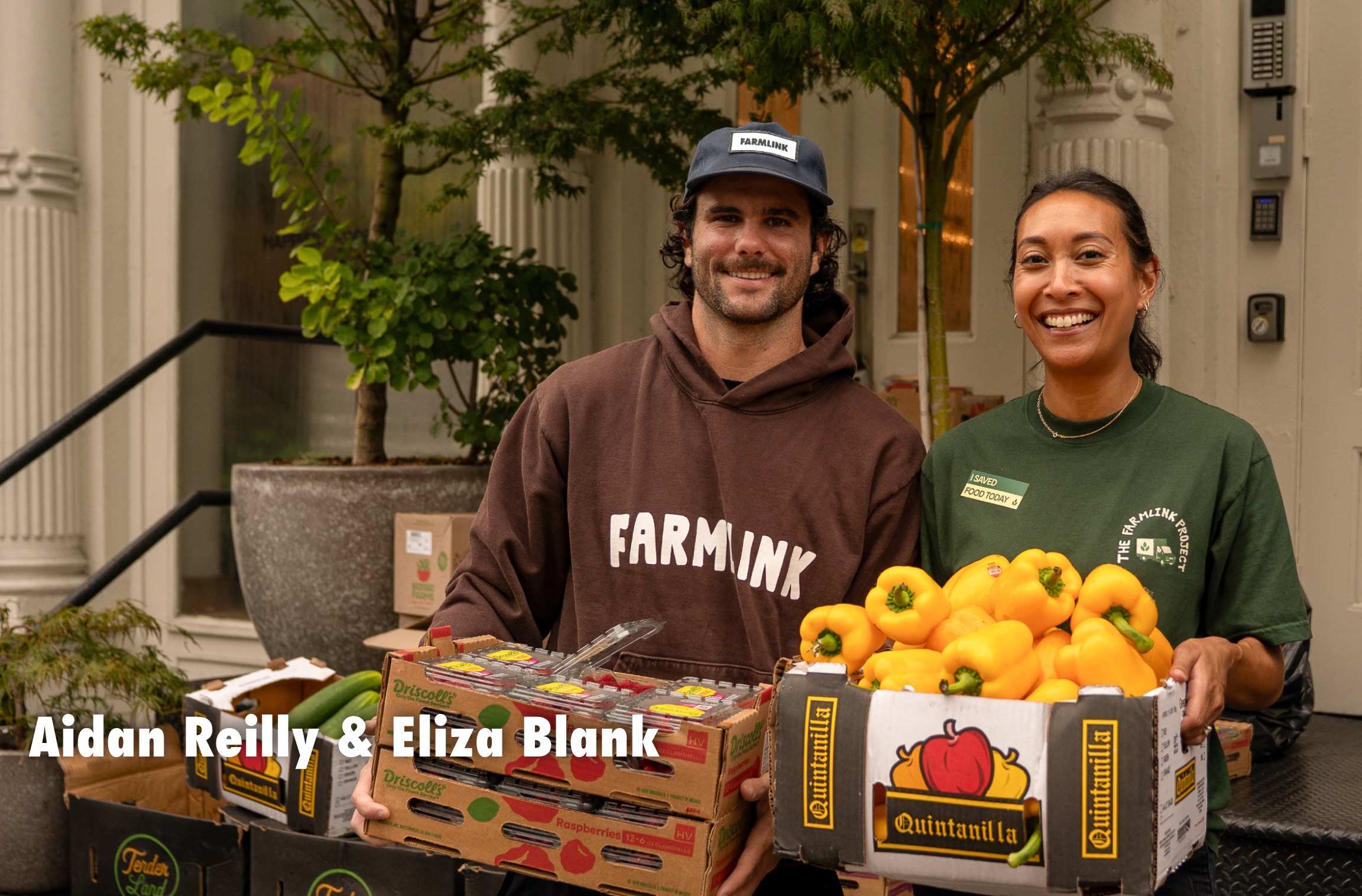
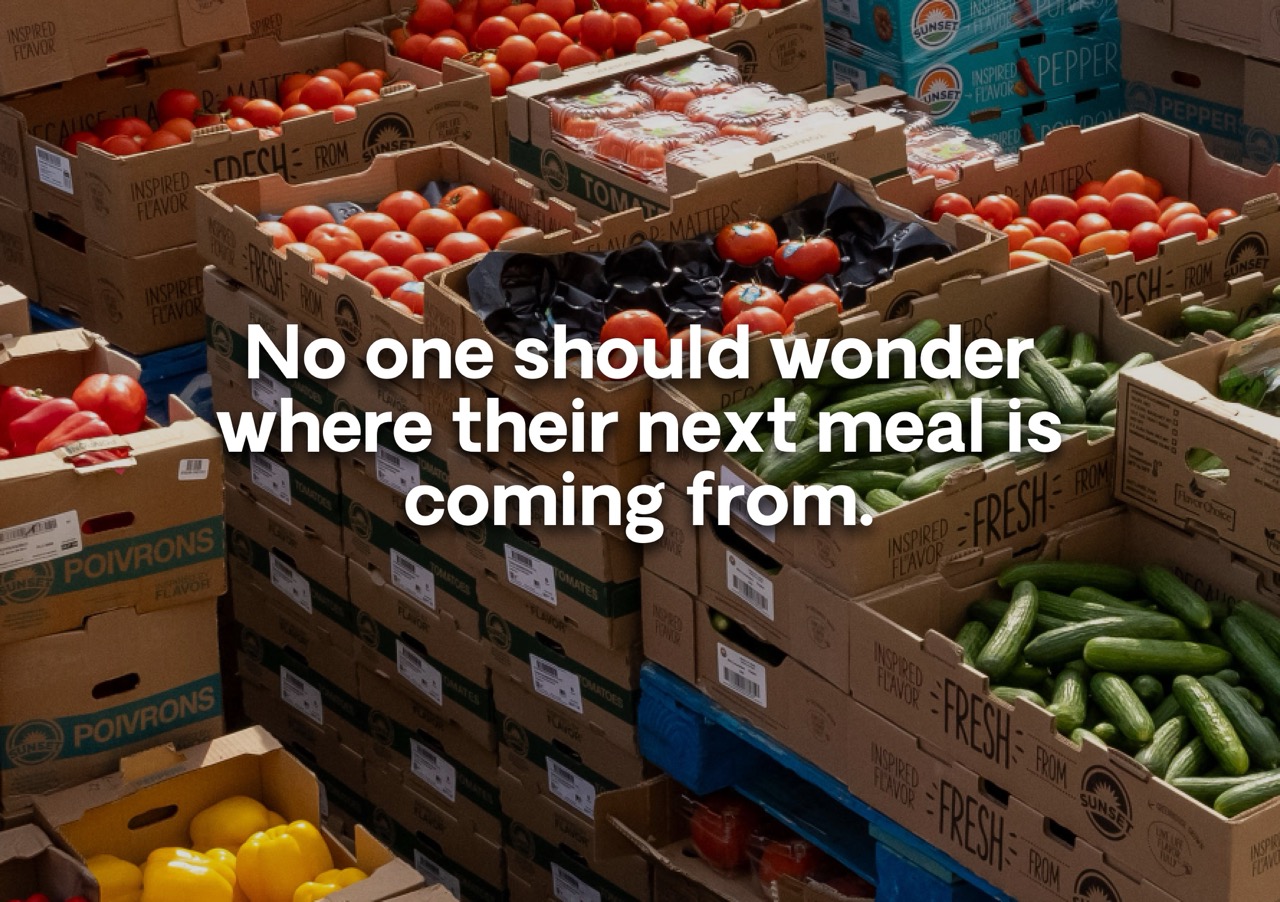
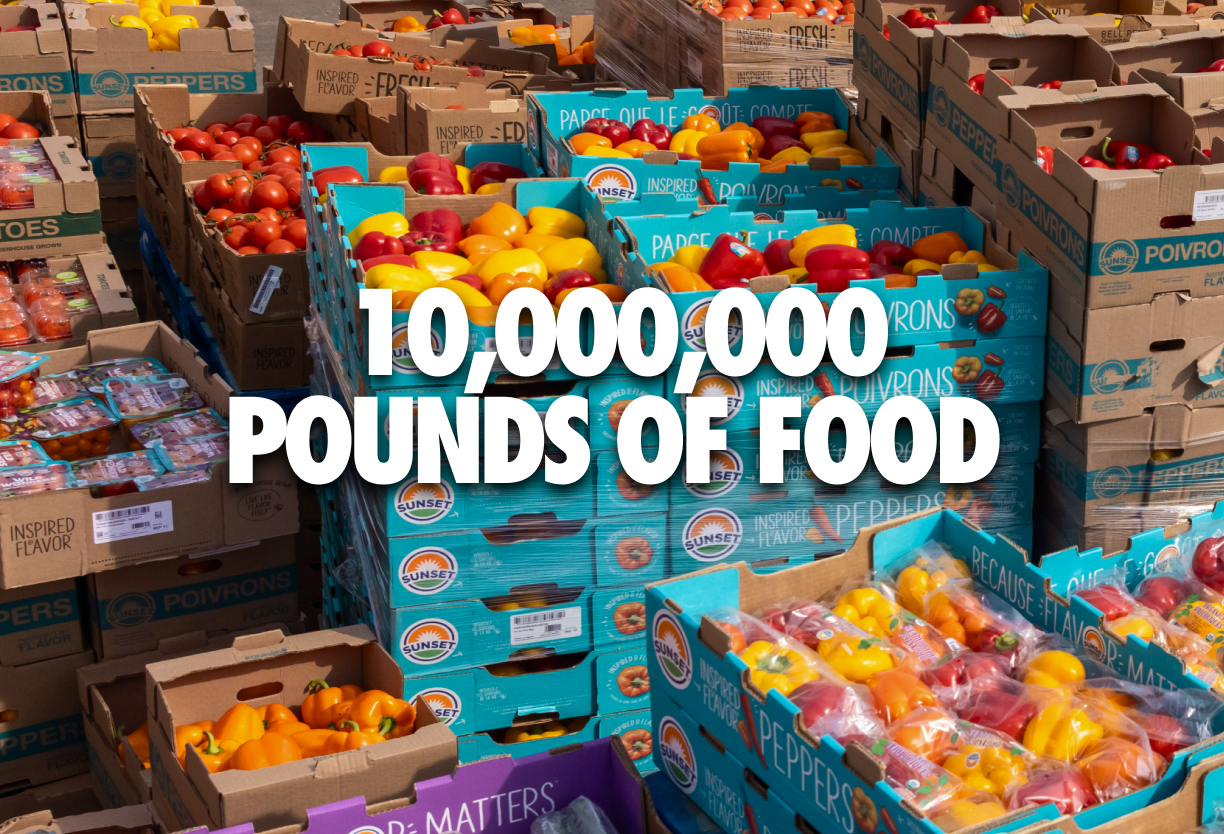

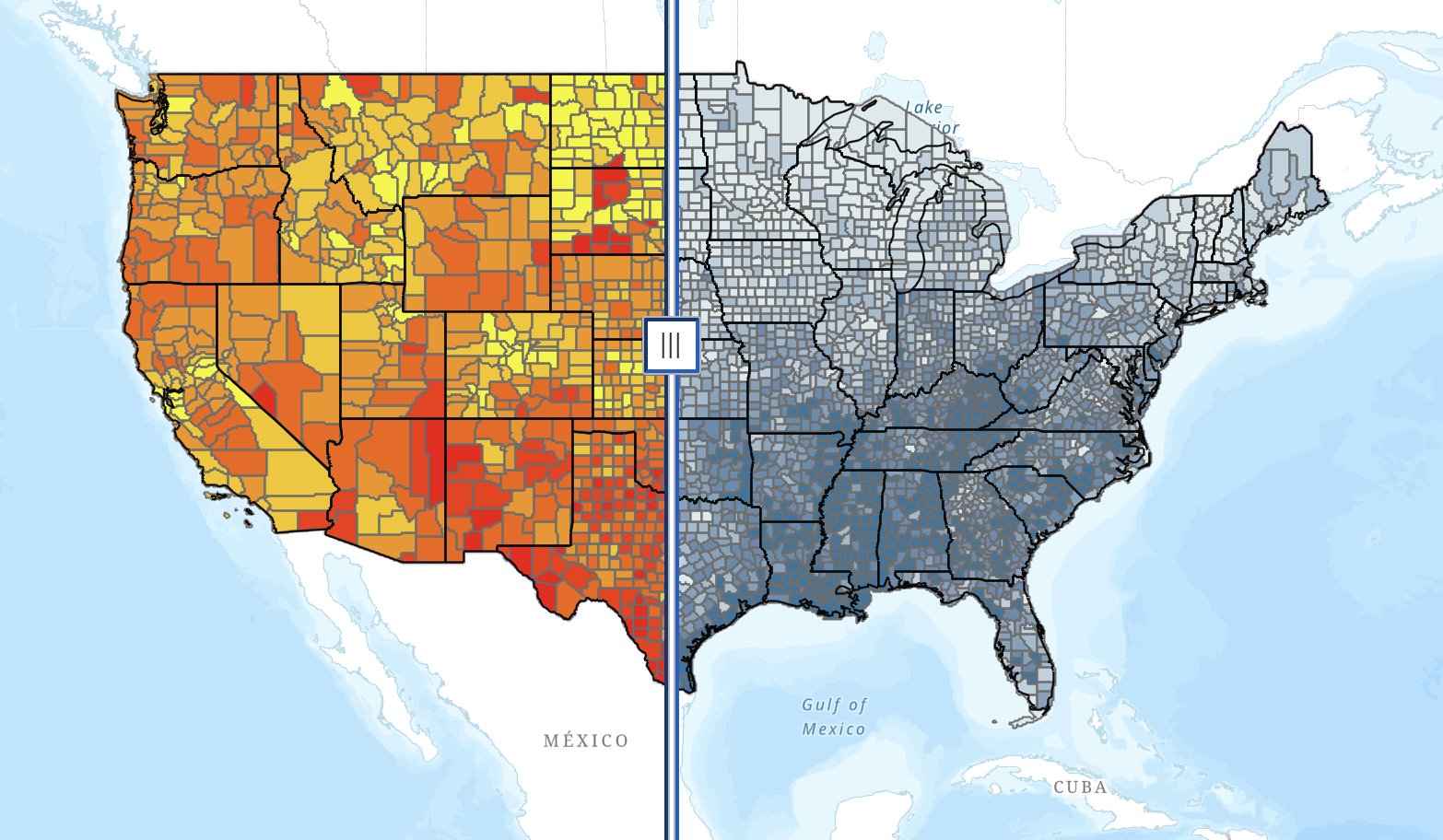
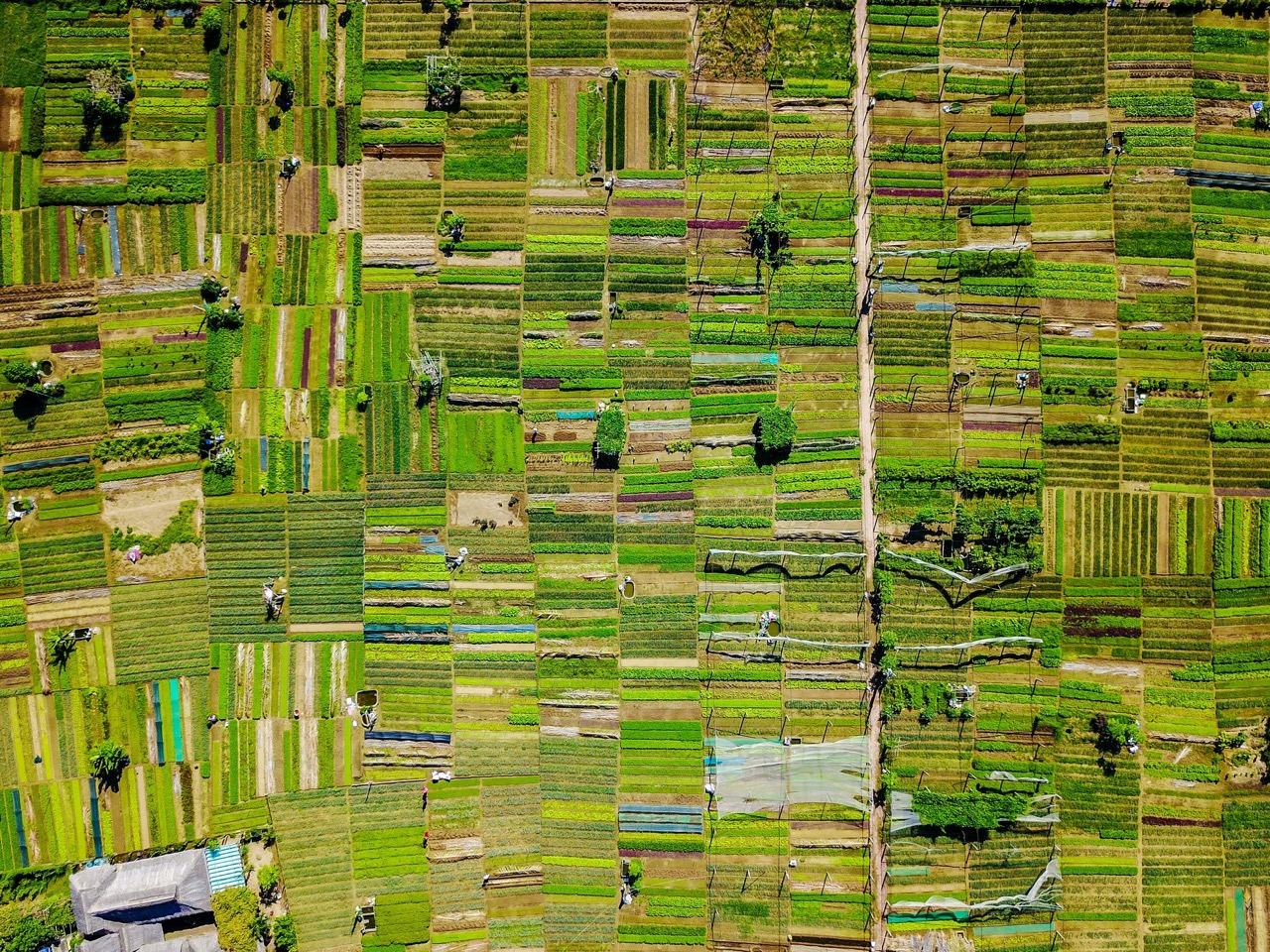
.svg)
.svg)
.svg)